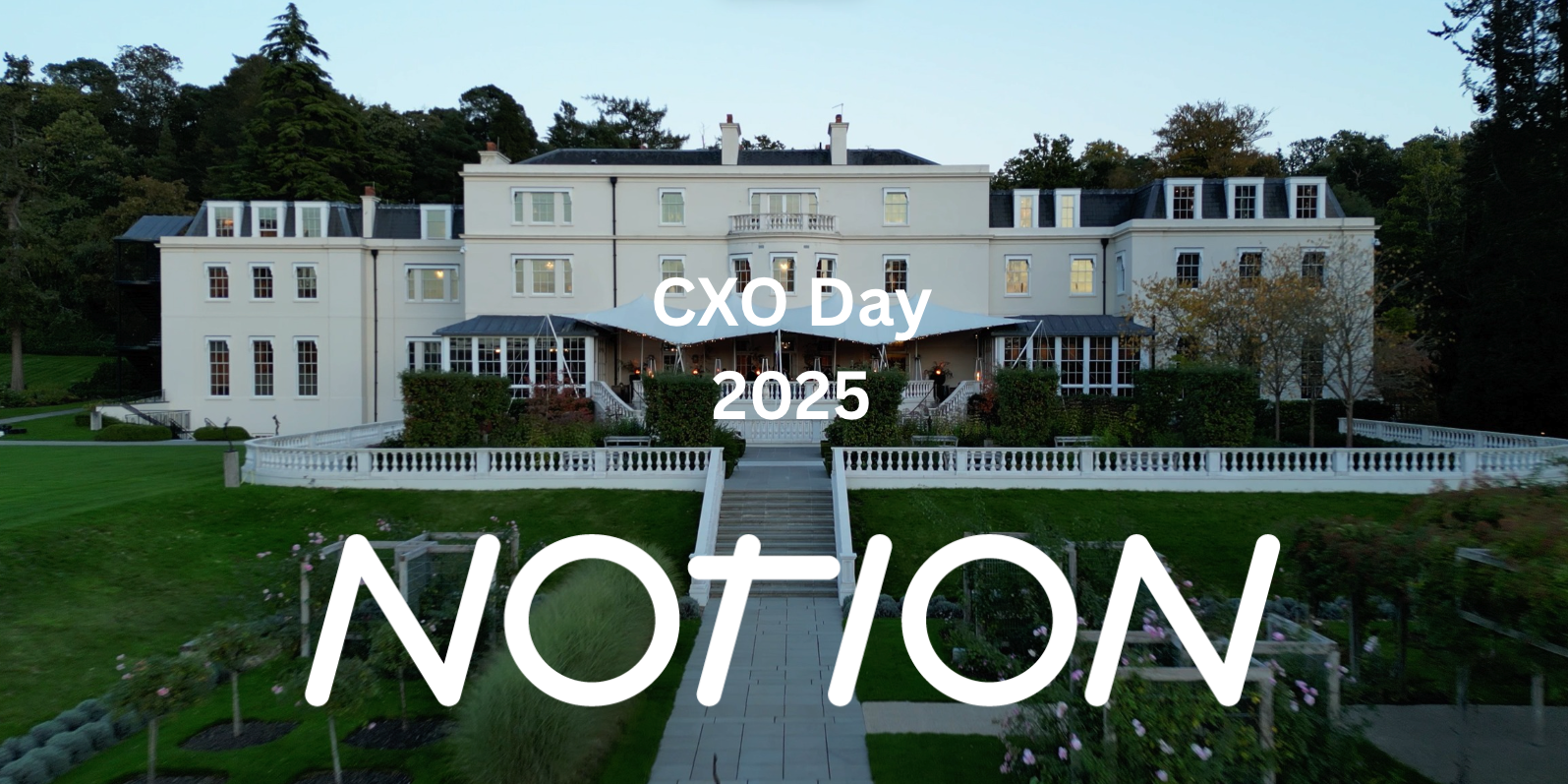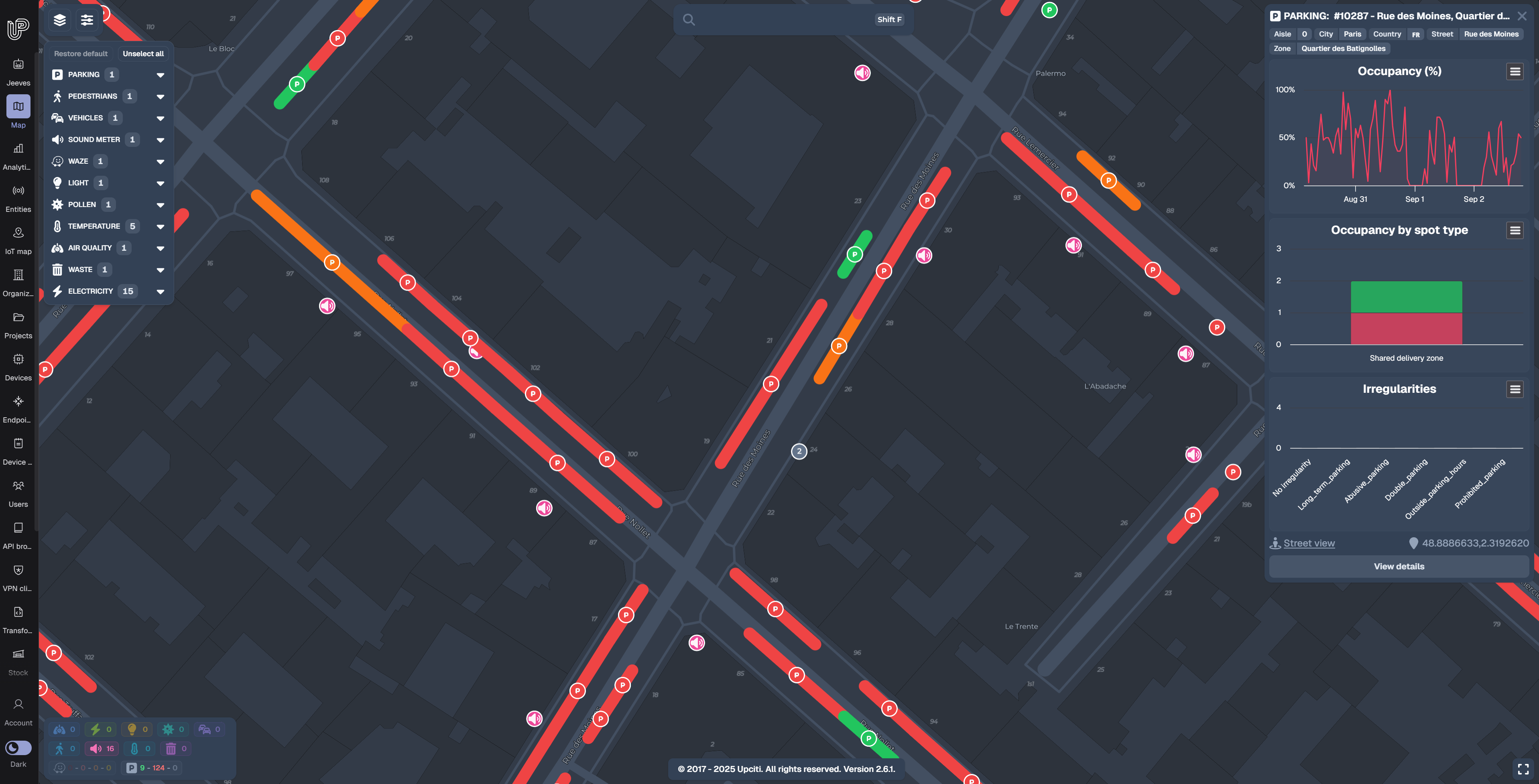Not All ARR is Created Equal


Origins of ARR
I’m pretty sure that we invented the term ARR at MessageLabs back in 2000 (I’d be very open to seeing any prior art to disprove this!). We quickly realised that in a SaaS company revenue grew in tiny monthly increments and that ARR was a much better and more forward looking indicator. So I think I’m fairly well qualified to comment on the subject.
The power of ARR
The premise behind ARR was based on two key factors - high margin and high retention.
To keep numbers simple if you enter the year with 100 customers and your average contract value is $50k then your ARR is $5m. The underlying assumption for a SaaS company is that this $5m ARR will grow over the course of this and subsequent years.
Compounding customer growth
By that I mean that your customer growth (new seats, new products) will surpass your customer loss (contraction or churn). This is expressed in the metric NRR (net retained revenue) where a top quartile SaaS company will be in the ~120% region. This means that your base of $5m ARR at the start of the year turns into $6m ARR at the end of the year. And this is before you have layered on new customer acquisition.
This becomes even more powerful when you factor in gross margin. A top quartile SaaS company will have gross margins in the 80% region. So $5m of ARR translates into $4m of gross profit that will grow to $4.8m by year end.
It is this combination of customer lifetime value (LTV) and high margins that has made the SaaS business model the envy of the business world and the dominant super-cycle in tech over the last 15 years or so.
Does ARR work in the AI era?
My sense is that with AI software the term ARR is all too often getting abused.
We have seen so many AI businesses where the gross margins are in the 20-40% range. In addition the NRR is not even being measured because customers are not staying for long enough or there is just not enough data at this point. But we have seen many companies losing between 10-30% of their customers every month.
Even at the lower end of the range, losing 10% of your customers every month means that a company with 100 customers at the start of the year would have just 31 of those customers remaining at year end. Let’s be generous and assume the company managed to grow the average contract value for those remaining customers by 25% from $50k to $62.5k per year. That means that the ARR from existing customers went from $5m (100 x 50k) to $1.9m (31 x 62.5k) over the year meaning an NRR of 38%.
Lower contribution margin
But this is not even the end of the story. Let’s take a mid-point gross margin of 30% for this cohort of companies. Because the gross margins are so much lower it means that annualised gross profit goes from $1.5m (30% of 5m) to $570k (38% of 1.5m). This is even more pronounced by the end of year 3 when the original $5m in ARR would translate into only $82k of contribution.
Two very different profiles
So the top quartile SaaS company and the AI software company both start the year with $5m ARR. But one finishes the year with $4.8m in annualised gross profit from that customer base and the other finishes the year at $570k gross profit. By year 3 the gross profit from this cohort of customers would be $6.9m for SaaS and $82k for the AI companies. You would need to deliver an extraordinary level of new customer acquisition (as well as driving up gross margins) to show a healthy business model over the long term. And you’d need to do that while at the same time keeping your cost of new customer acquisition (CAC) very low in order to deliver a reasonable payback on a contribution basis.
Now I know that the AI software companies are growing at extraordinary and unprecedented levels. And I know AI is the next super-cycle in the world of technology that will likely have a more profound impact than anything that has come before.
A note of caution in a market at the top of the hype cycle
But at the same time I think we need to be very careful when we are looking at AI companies about just seeing what we want to see amidst all the hype. The enduring success of SaaS companies is founded on the cornerstones of long term compounding customers, recurring and expanding revenue and near zero marginal costs. And the promise is that at scale these companies are still growing and kicking off cash.
These AI companies look very different. That doesn't make them any less exciting. They are extraordinary in terms of their growth and transformational potential. But there are real dangers in getting our heads turned by the bright and shiny surface without looking at the fundamentals that lie underneath. It feels like we need a new set of metrics if we are going to value these companies in the right way and identify the ones with real enduring quality.






